Conservation of Water
Learning Outcomes
By the end of this lesson, students will be able to:
-
Explore the importance of water conservation & concepts defining the idea.
-
List various ways to practice water conservation.
-
Be Aware Of The Social & Environmental Effects Of Water Scarcity
-
Share tips on how to save water in our daily life.
Introduction to Water Conservation
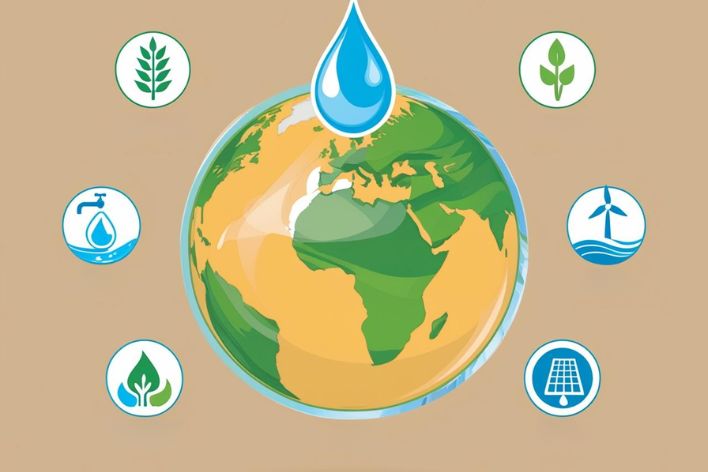
Water is one of the most precious resources of our planet. It is vital for drinking, sanitation, agriculture & industry. Yet fresh water is becoming more and more scarce, with a growing population & climate change. Water conservation is the use and management of water resources in a sustainable way. In this lesson, you will learn why it is important to conserve water, this how you can go about doing so & how we all will make a difference in doing our part for this vital cause.
Why is Water Conservation Important?
-
Scarce Freshwater Sources: While around 75% of the world’s surface is covered with water, only around 3% of all water is considered freshwater which are good for drinking and irrigation. Most of this freshwater is trapped in glaciers & ice caps.
-
Population Growth: The growing global population shrinks the fresh water supply. For more people you need more drinking water, sanitation, food production.
-
Climate Change: Climate changes can result in a drought in some regions & a flood in others. Such unpredictability makes it more important than ever to save as much water as we can when it’s there.
-
Environmental Protection: Saving water also protects ecosystems that rely on freshwater sources. Over-extraction of water also results in habitat destruction & biodiversity loss.
-
Water savings can result in reduced utility bills for consumers & businesses, leading to economic benefits. It also helps cut the cost of treating wastewater.
Understanding Water Scarcity
Water scarcity is based on the imbalance when the demand for water exceeds the available amount during certain periods or when the quality of water restricts its use. There can be a few different causes:
1. Physical Scarcity
This can happen when geographical or climatic conditions prevent sufficient fresh water from becoming available. Physical scarcity is the case in regions with low rain rates or little freshwater access.
2. Economic Scarcity
When a region has sufficient water resources but lacks the infrastructure or the finances to access or distribute that water effectively, it is said to face economic scarcity. This particularly impacts on developing countries where investment in water management systems is lacking.
3. Seasonal Scarcity
Outside the tropics, there are also seasonal differences in water availability, such as monsoon areas which are extreme (heavy rains Saturate the land), some regions receive heavy rains followed by dry seasons. This variability is an important factor to manage to ensure a consistent supply for customers year-round.
Methods of Water Conservation
At home, in agriculture or within communities, there are proven approaches to save water. Here are some key strategies:
1. Rainwater Harvesting
Rainwater harvesting is a practice of collecting rainwater from the rooftop, or other hard surfaces, & storing it for subsequent use.
Benefits:
-
Decreases reliance on municipal water systems.
-
Assists in restoring groundwater levels.
-
Yields a water source for irrigation or non-desirable usage (ex: is used to flush toilets).
|
Rainwater Harvesting Facts |
Details |
|
How It Works |
Collects rainwater in tanks or barrels |
|
Uses |
Watering gardens, washing vehicles, flushing toilets |
|
Impact |
Benefits: Reduces stormwater runoff; saves drinking water |
2. Greywater Recycling
Reusing wastewater from sinks, showers, & washing machines to irrigate gardens or flush toilets.
Benefits:
-
That's way less water usage overall.
-
Eases the burden on sewage processing facilities
-
A different source for irrigation is offered
|
Greywater Recycling Facts |
Details |
|
What It Includes |
Baths, sinks, & laundry water |
|
Uses |
Irrigation; toilet flushing |
|
Impact |
Saves fresh drinking water |
3. Drip Irrigation
Drip irrigation is a watering system that provides small amounts of water directly to the roots of plants via a network of tubing — an efficient way to water.
Benefits:
-
Reducing runoff & evaporation.
-
Ensures that the plants get enough moisture without overwatering
-
Covers time & effort as opposed to regular watering methods.
|
Drip Irrigation Facts |
Details |
|
How It Works |
Provides accurate amounts of water, right to roots |
|
Uses |
Agriculture; home gardening |
|
Impact |
Conserves water while increasing crop yields |
4. Low-Flow Fixtures
Low-flow faucets, showerheads, & toilets can cut down on water use without sacrificing performance inside of every home.
|
Low-Flow Fixtures Facts |
Details |
|
What They Include |
Low-flow showerheads; dual-flush toilets |
|
Impact on Usage |
Saves up to 50% more water than standard fixtures |
5. Xeriscaping
Xeriscaping is a landscaping approach that employs drought-resistant plants & reduces irrigation requirements.
|
Xeriscaping Facts |
Details |
|
What It Involves |
Native plants; less area in lawn |
|
Benefits |
Uses less water; low maintenance |
6. Leak Detection Technology
New technology enables conservation efforts to harness the growing awareness of leaks in plumbing systems:
-
Smart meters can notify homeowners when unusual usage suggests a leak.
|
Leak Detection Facts |
Details |
|
How It Works |
It tracks the flow of water; & when it senses an anomaly |
|
Benefits |
Prevents wastage; saves money |
7. Wastewater Treatment and Reuse
Advanced wastewater treatment technologies have been developed to clean sewage water to a point that is potable but only for non-potable use:
-
Treated wastewater may be reused as irrigation water or in industrial processes.
|
Wastewater Treatment Facts |
Details |
|
What It Involves |
Filtration & purification processes |
|
Impact on Water Supply |
Increases available freshwater resources |
Real-Life Examples
Rainwater Harvesting
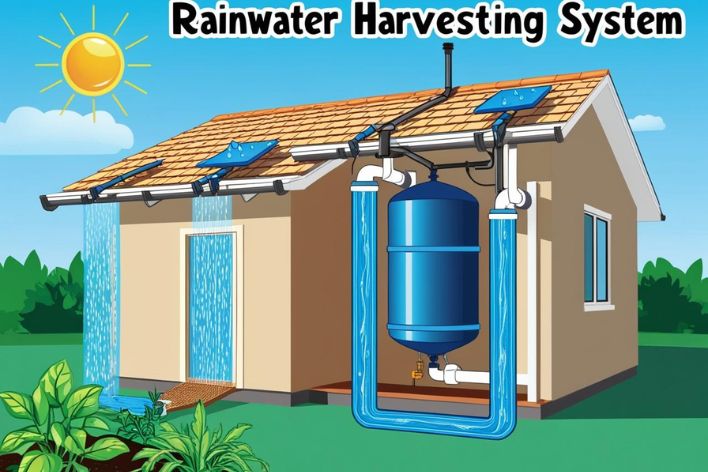
Rainwater harvesting system collecting rain from rooftops.
Greywater Recycling
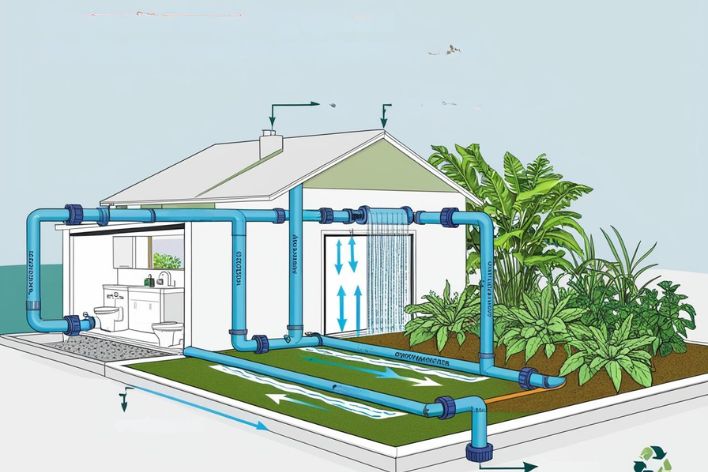
System designed for recycling greywater.
Drip Irrigation
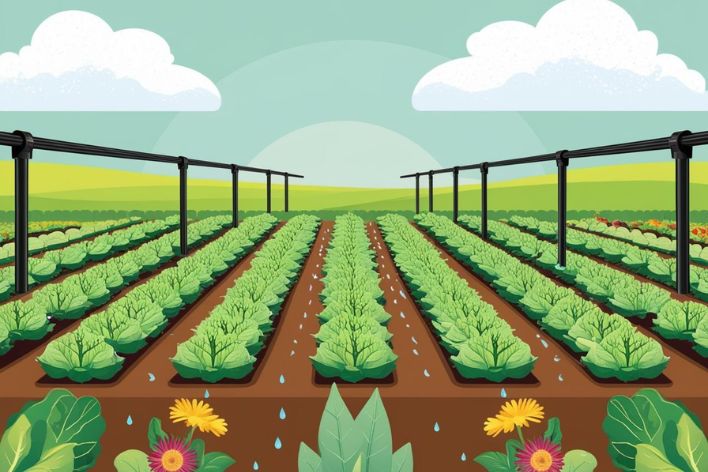
Drip irrigation setup in a garden.
Low-Flow Fixtures
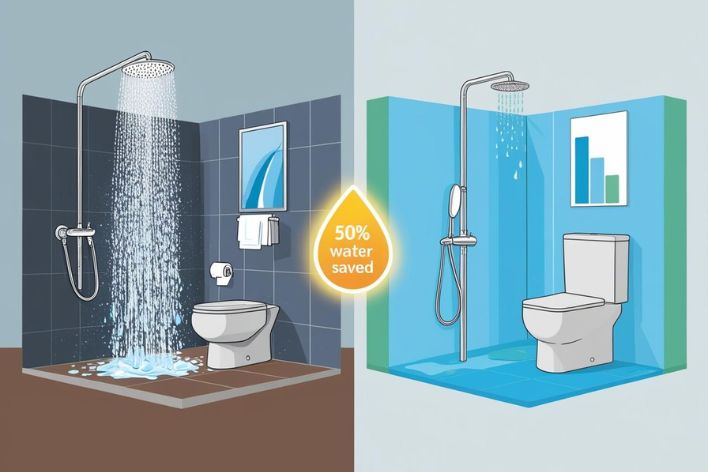
Low-flow showerhead installed in a bathroom.
Xeriscaping
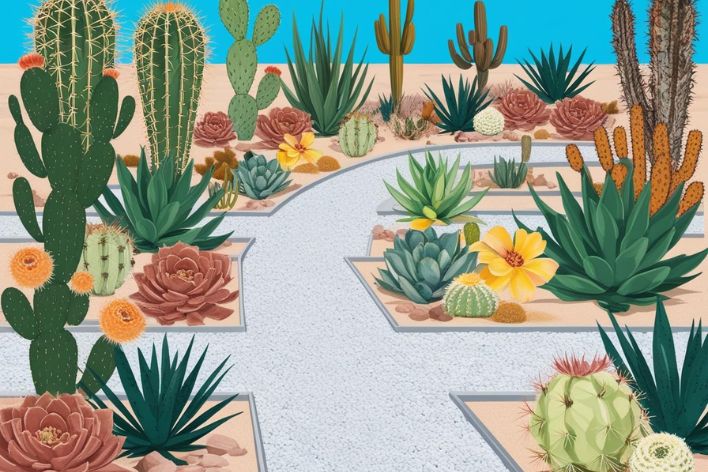
Xeriscaped garden with drought-resistant plants.
Leak Detection Technology
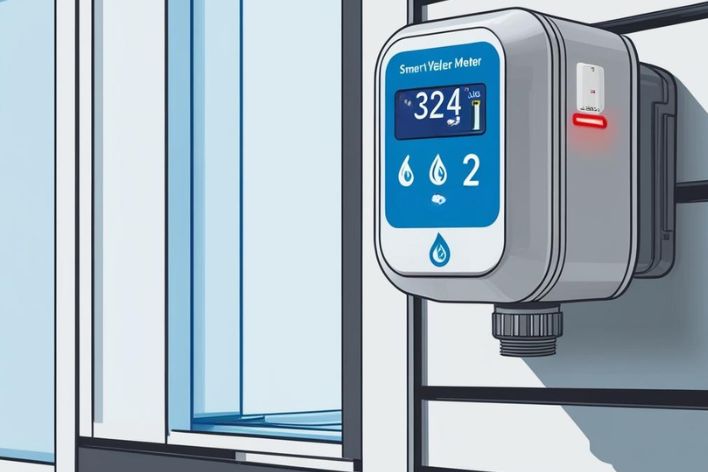
Smart meter showing real-time water usage.
Wastewater Treatment Facility
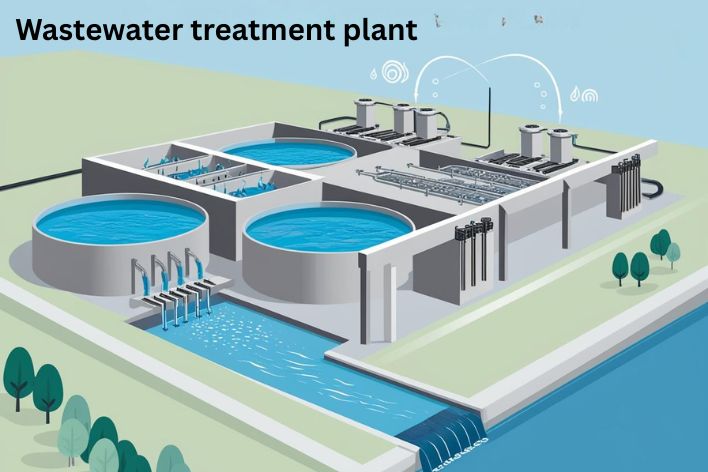
Wastewater treatment plant where sewage is purified.
Fun Facts About Water Conservation
Here are some fun facts about conserving water:
|
Fun Facts About Water Conservation |
|
A leaky faucet can waste over 3,000 gallons a year! |
|
Taking shorter showers can save up to 150 gallons per week! |
|
Using a broom instead of a hose saves about 80 gallons of water! |
|
If every American home replaced just one faucet with a low-flow model, we could save enough water to supply all the homes in New York City! |
The Importance of Conserving Water
Water is a limited resource and conservation is vital in many areas of the world. Reasons to Conserve Water have a think here are some of the important reason to conserve water.
-
Scarcity: Many regions experience droughts, or suffer from a lack of access to clean freshwater sources.
-
Environmental Impact: Excessive extraction of water can damage ecosystems & lower biodiversity.
-
Cost Savings: Reduced water use can decrease utility bills for both households & businesses.
-
Future Generations: Saving water means that future generations can also use this vital resource.
Practical Ways to Conserve Water at Home
-
Repair leaks as soon as possible, so nothing goes to waste.
-
Try to take shorter showers instead long baths.
-
Shut the tap off while brushing your teeth or washing your hands.
-
Clean driveways with a broom, not a hose.
-
Gardens or Plants you can collect rain water
Community Actions for Water Conservation
Communities are vital for implementing effective conservation strategies:
-
Public Awareness Campaigns: Inform locals of why saving water matters through workshops & leaflets.
-
Low-Water Appliance Incentives: Providing rebates or discounts on low-flow fixtures will incentivize residents to upgrade their plumbing systems.
-
Community Gardens: Developing community gardens with drip irrigation systems encourages sustainable practices alongside making fresh produce accessible.
-
Water Audits: Home & business audits help identify where consumption can be reduced.
-
Collaboration with Local Governments: Partnering with local authorities guarantees that policies are followed about LIV sustainable practices.
Conclusion
Water conservation is not only essential for meeting our present needs; it is also necessary to ensure that future generations can have access to clean freshwater supplies. As everyone dissolves within consumption we all can do our part in diminishing our collective usage by learning about rainwater harvesting, greywater recycling, drip irrigation, low-flow fixtures, & other strategies.
CBSE Schools In Popular Cities
- CBSE Schools in Bangalore
- CBSE Schools in Mumbai
- CBSE Schools in Pune
- CBSE Schools in Hyderabad
- CBSE Schools in Chennai
- CBSE Schools in Gurgaon
- CBSE Schools in Kolkata
- CBSE Schools in Indore
- CBSE Schools in Sonipat
- CBSE Schools in Delhi
- CBSE Schools in Rohtak
- CBSE Schools in Bhopal
- CBSE Schools in Aurangabad
- CBSE Schools in Jabalpur
- CBSE Schools in Jaipur
- CBSE Schools in Jodhpur
- CBSE Schools in Nagpur
- CBSE Schools in Ahmednagar
- CBSE School In Tumkur











